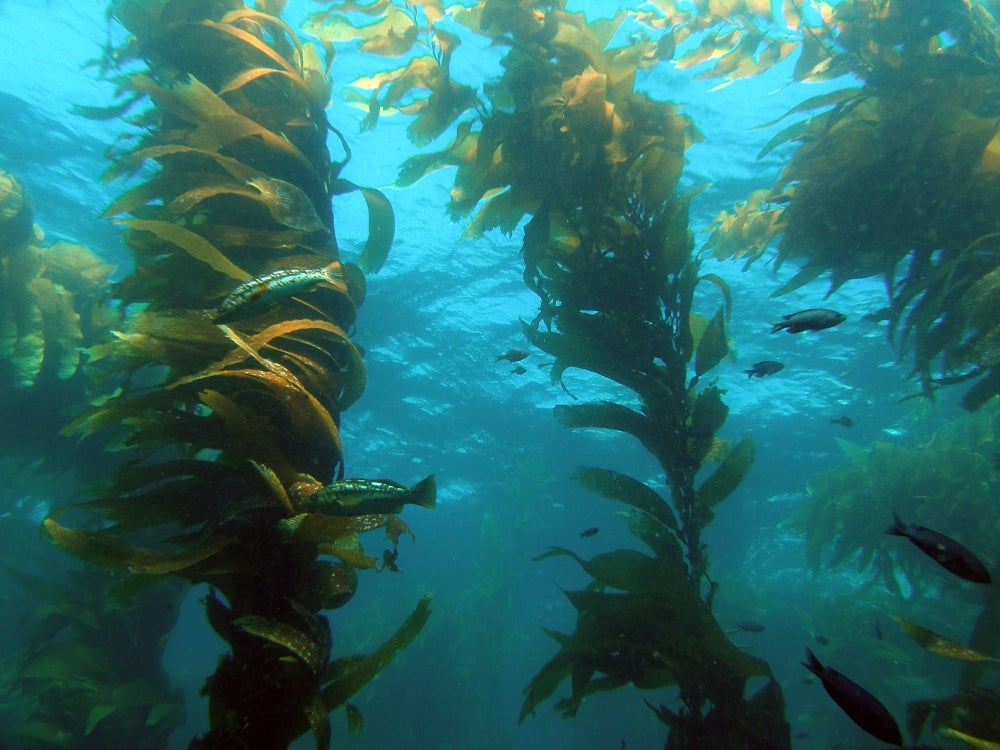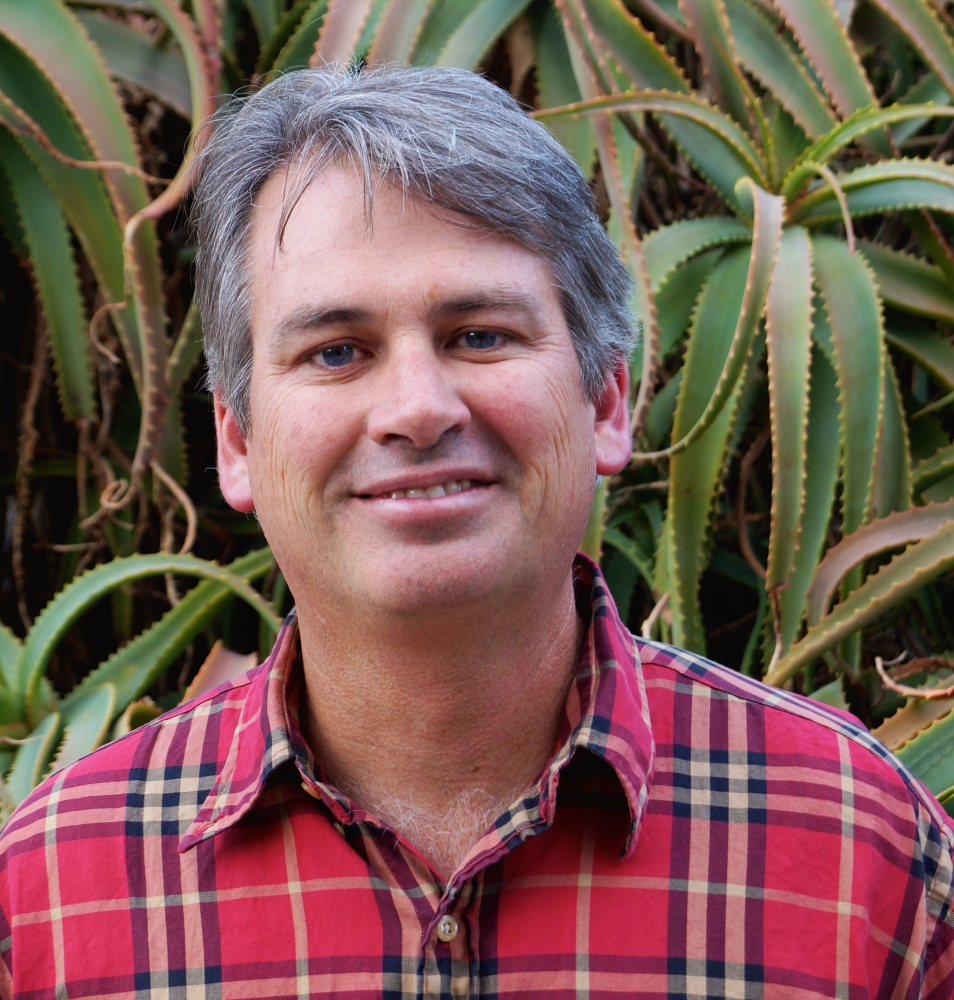
A Lesson from Darwin

When British naturalist Charles Darwin traveled to the Galapagos Islands in 1835, he took notice of the giant kelp forests ringing the islands. He believed that if those forests were destroyed, a significant number of species would be lost. These underwater ecosystems, Darwin believed, could be even more important than forests on land.
Since then, much scientific research has focused on the presence of giant kelp and the range of biodiversity it supports. Many marine biologists think of the world’s biggest alga as the keystone species of its ecosystem, not only in terms of its structure — a huge forestlike environment under the sea — but also in terms of its tremendous productivity in supplying food for the near-shore ecosystem.
New analysis by UC Santa Barbara researchers has found that the kelp’s structure may be more important than the food it provides. Using over a decade’s worth of data from the Santa Barbara Coastal Long Term Ecological Research project, supported by the National Science Foundation, the investigators examined the effects of kelp on groups of organisms in the kelp forest ecosystem. Their results appear in the journal Proceedings of the Royal Society B.
“We posited that giant kelp fed herbivores in the system and provided structure and habitat for predators, and that it was fed upon by sea urchins and affected the understory communities of algae and sessile invertebrates in the kelp forest,” said lead author Robert Miller, a research biologist in UCSB’s Marine Science Institute (MSI). “We found that the giant kelp affected some of these groups more than others. Predator diversity was increased by it, but understory algae decreased as expected because the giant seaweed shades the bottom and prevents other algal species from doing well. In turn, giant kelp positively affected the sessile invertebrates — sponges and sea squirts — that live on the bottom but can often be outcompeted for space by algae.”
The marine biologists built a structural equation model to examine the association between different variables all at once. This enabled them to hypothesize specific paths — this type of modeling is also called path analysis — and create a more powerful model.
The data showed that although sea urchins negatively affected giant kelp by grazing on it, no direct link between kelp and other herbivores existed. In reality, herbivores eat varied diets, which means they aren’t necessarily affected when giant kelp abundance declines. In fact, the majority of kelp production is exported out of the forest rather than consumed by animals living there.
In other research, Miller and fellow MSI research biologist Mark Page used stable isotopes to determine that suspension-feeding sessile organisms subsist on phytoplankton rather than kelp detritus. This finding is contrary to the view held by many in the scientific community that kelp detritus is an important food source for these invertebrates.
“Our modeling results suggest that the physical aspects of the kelp — its sheer size and its presence, the shade that it casts, its effect on flow and the habitat it provides for predators — affect the reef ecosystem more than its productivity,” Miller said. “Although kelp is clearly important as a food resource to some organisms on the reef, its structural effects are important and far reaching.”
Apparently, Darwin was right.
Other UC Santa Barbara co-authors are Thomas Lamy, Li Kui, Daniel Reed and Kevin Lafferty, who also is an ecologist with the U.S. Geological Survey. In addition, Andrew Rassweiler of Florida State University contributed to this paper.
This research also was supported by the NASA, the Bureau of Ocean Energy Management and the National Oceanic and Atmospheric Administration through the Santa Barbara Channel Marine Biodiversity Observation Network.



